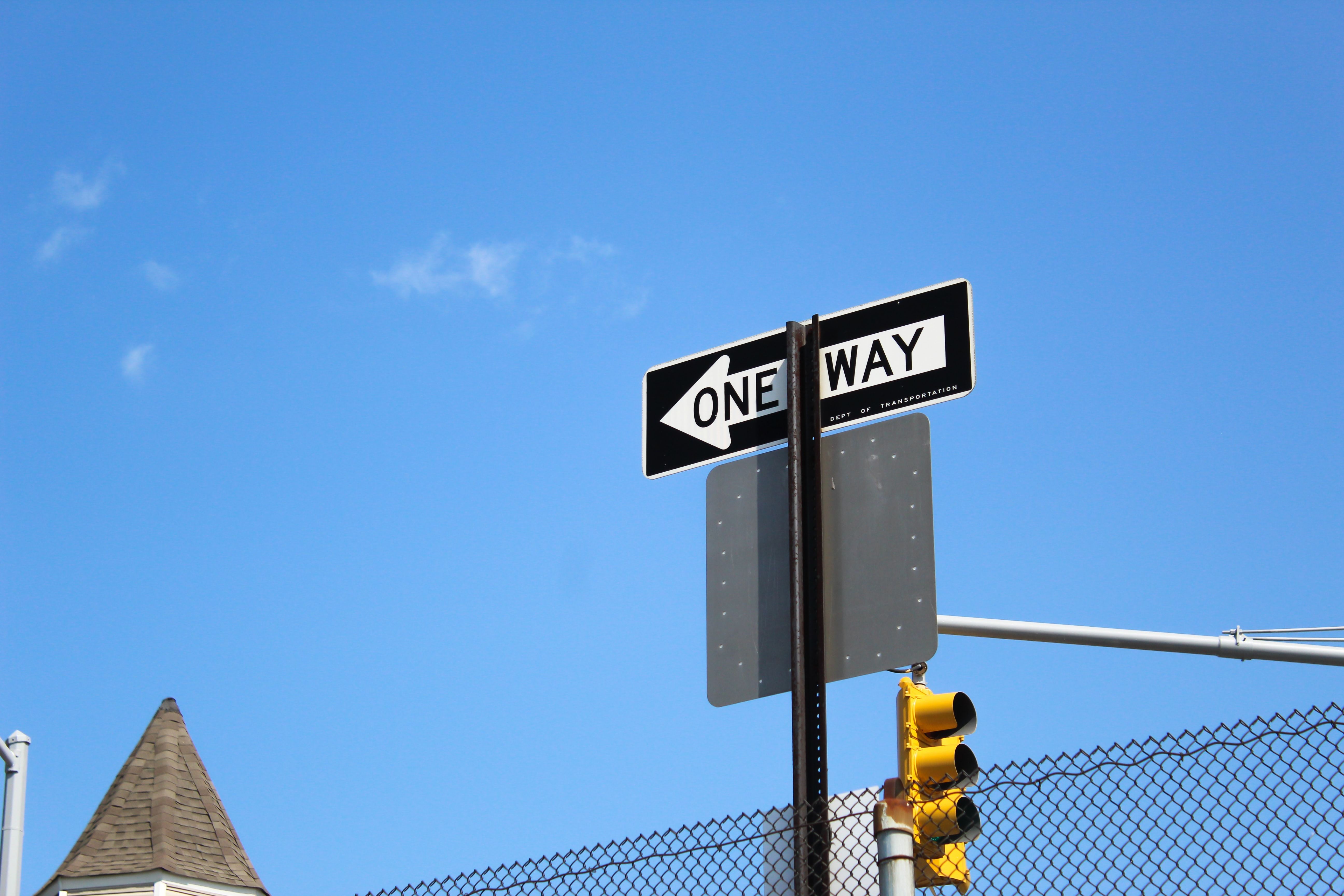“My Defense” is a series that will examine some of the defenses that unrepresented motorists try to use in traffic court, and why they are often bound to fail. Your best chance to win is not using these standard defenses, but by retaining counsel. Read on to learn why.
Likelihood that it works: Low.
This defense is a longshot, at best.
For one, if there is a traffic device (sign) at an NYC intersection, then there are probably multiple traffic devices there. For example, at Grand and Bowery in lower Manhattan, there are four signs that say “No Turns.” At Union Square West and Fourteenth Street, there are five sign prohibiting left turns for the southbound traffic. At 23rd Street and Sixth Avenue, there are three signs prohibiting left turns onto Sixth Avenue. It’s possible that one sign was obscured from view. But how likely is it that three, four, or five signs were blocked?
Secondly, if you make this defense, you’d better have proof. The officer will usually say that he or she saw the signs both before and after the traffic stop, and observed them to be, in police-testimony lingo, “free and clear of graffiti or vegetation and visible to all oncoming traffic.” There is a legal presumption that signs placed by a state agency are clear and visible. This is a snazzy way of saying that it’s on you, the motorist, to prove that they were not.
So you’ll need a photo or photos of the sign(s) you were ticketed for disobeying. And you’ll need that photo to show what the signs looked like at exactly the date and time of your violation. That’s pretty hard to do. If you go back to intersection a day, a month, a year, or even an hour later, your photograph has no value to the Court.
Third, you have to understand what it’s like to be a judge in traffic court. The judge sits in the same seat all day, every day, and listens to motorists proffer defenses. Of course, some of the motorists are telling the truth. But many are not. They’re just saying whatever they think they need to say to get the ticket dismissed. Motorists make an alarming number of claims that they heard emergency vehicles, or were directed by traffic agents, or were bamboozled by graffiti-covered signs. Those things surely do happen sometimes, but you have to understand that a judge who hears these excuses over and over will grow cynical.
As the cliche goes, the best defense is a good offense. When you make a claim such as “the sign was blocked,” the burden is on you to prove that, and that’s difficult to do. But when you have an attorney, we go on offense, attacking the police officer’s case against you. The officer must establish what attorneys call the “elements” of the charge against you. This means that she must testify in detail to a wide array of facts. The summons itself must cover the same elements and be consistent with the testimony. And the officer’s notes must provide a link between the two. If there is any flaw, omission, contradiction, or vagueness in any of these, an attorney will attack that discrepancy and often get your ticket dismissed.


